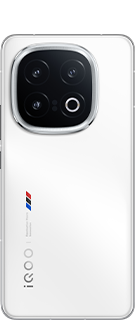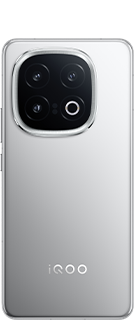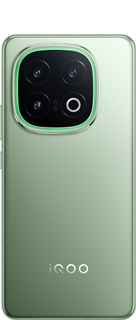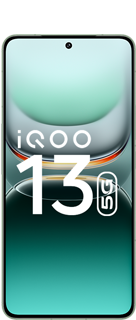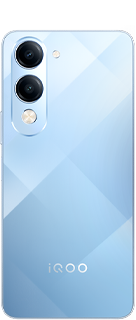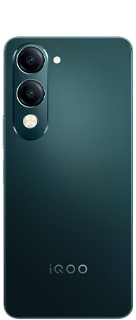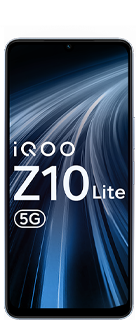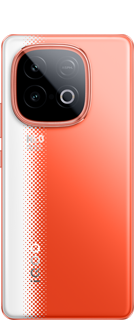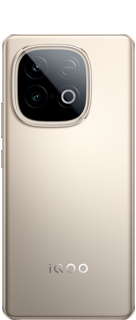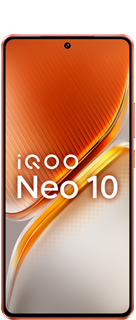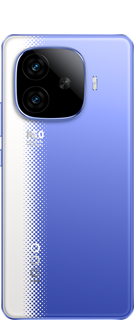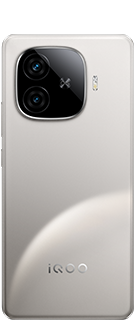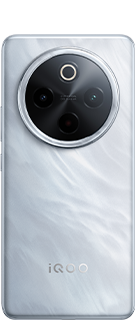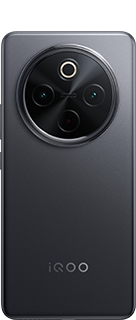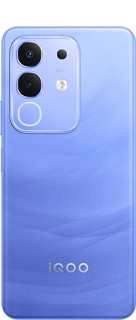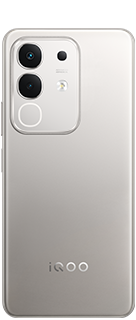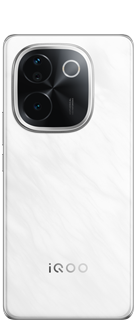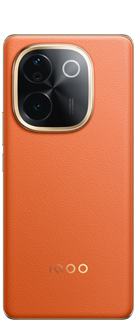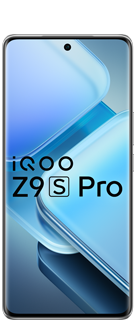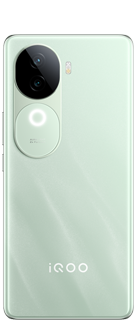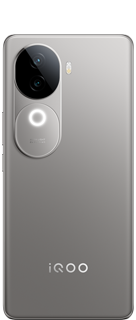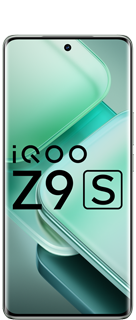Smart Glasses in 2025 Will They Replace Smartphones

Introduction
Technology advancements have made smart glasses larger, and others forecast the latter to outdo smartphones as early as 2025. Apple and Meta also invest significantly in developing the technology to introduce AR and AI into our world. The article considers the emergence, industry trend, and the decline of smartphones by smart glasses.
Technological Advancements in Smart Glasses
The recent releases also significantly boosted the functionality of smart glasses. Meta's partnership with Essilor Luxottica initiated mass production of Ray-Ban Meta smart glasses with better cameras, audio, and Meta AI integration. The smart glasses feature hands-free calls, live video streaming, and real-time language translation.
Like, Apple's Vision Pro headset unleashes revolutionary AR capabilities for high-immersion experiences combining digital and physical information. Such technologies will lay the foundations for future even more powerful yet easier-to-use smart glasses.
Industry Views and Forecasts
Industry players have held onto optimism for a rosy future for smart glasses. Meta CEO Mark Zuckerberg has envisioned the day when smart glasses will replace smartphones with an even more natural and fluid user experience. Smartphones would be less at the center of human life by the 2030s with smart glasses as the main computing device, he forecasted.
At CES 2025, tech giants confirmed that smart glasses would be the next giant computing platform. Apple and Meta are putting their bets on AR technology to make devices that will fit so seamlessly into humans' lives. Nvidia CEO Jensen Huang estimated that personal use of technology with AI through smart glasses would revolutionize the usage.
Challenges to Replacing Smartphones
In spite of the positive news, there are several issues that discourage the adoption of smart glasses in large numbers as an alternative to smartphones. Privacy has been a concern on the ability of smart glasses to capture and critics have called for research to establish the security of users.
The ergonomic nature of smart glasses is still an issue. Experts explain that for smart glasses to replace smartphones, they have to be light, fashionable, and wearable for extended hours. The best acceptable weight would be 40 grams; anything above this could repel users.
Battery life is an issue as well. Smart glasses are not as rugged as smartphones currently, and therefore there is a need for improved battery technology in order to keep up with customers' demands.
Conclusion
While smart glasses have developed very quickly in convergence and capability, the goal to replace smartphones by 2025 is on the optimistic side. The growth rate at which the technologies are increasing in terms of AR, AI, and wearables is nicely on schedule, but issues related to privacy, appearances, and battery life are some that need to be broken. Smart glasses are bound to replace smartphones as a sidekick and not a replacement, giving a much better immersive and free-hand experience.
Source: Analytics Insight
Please sign in
Login and share
